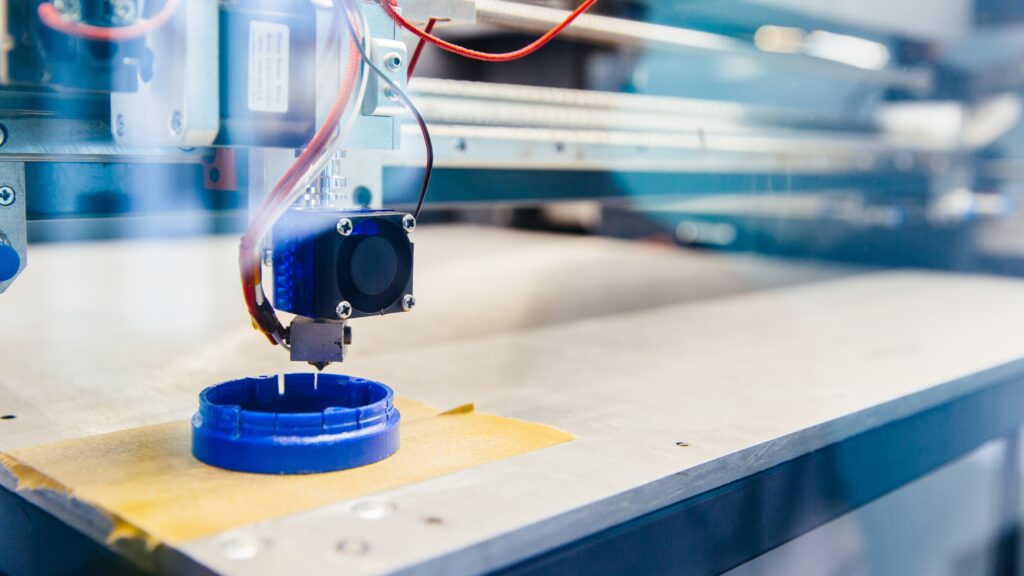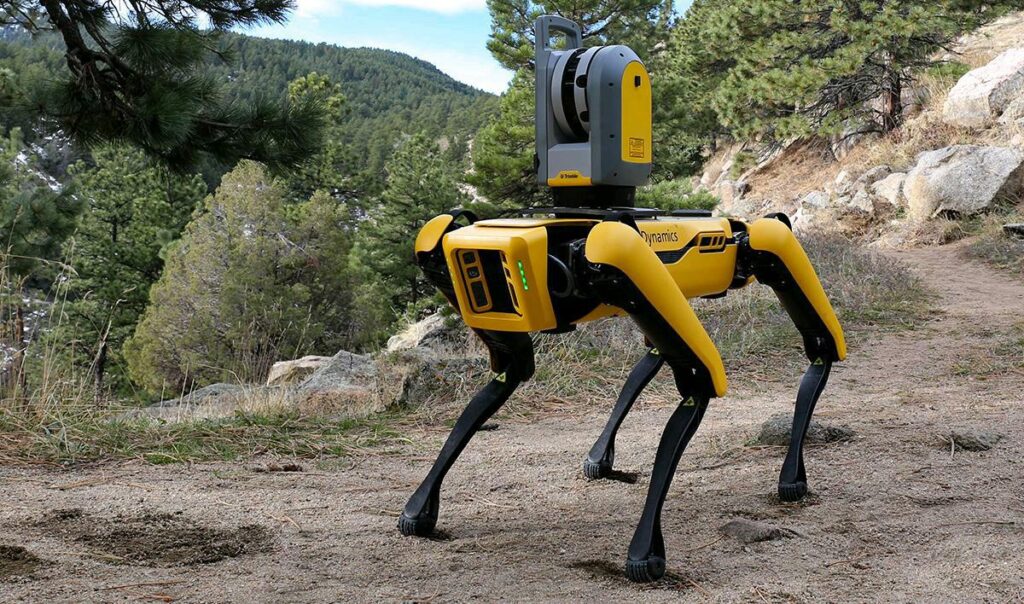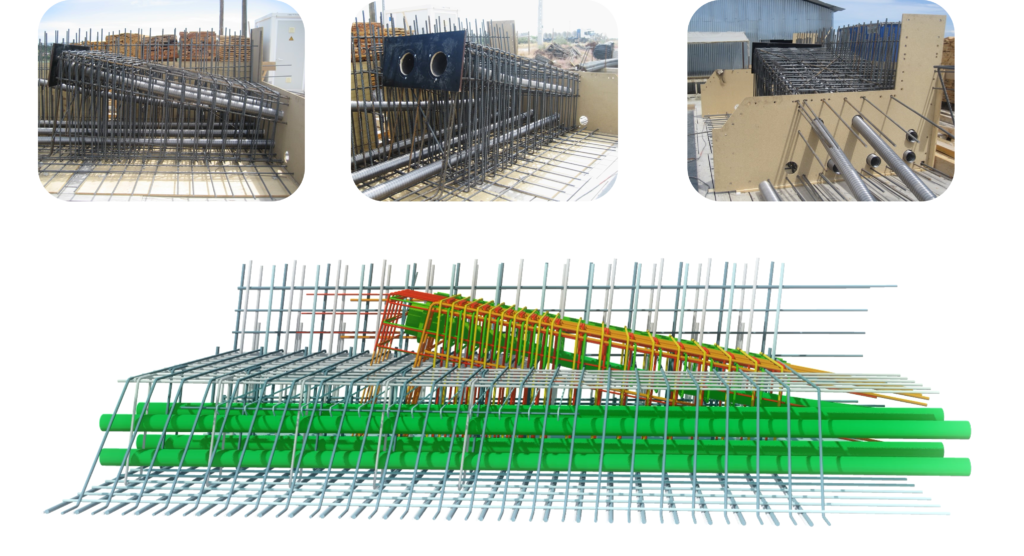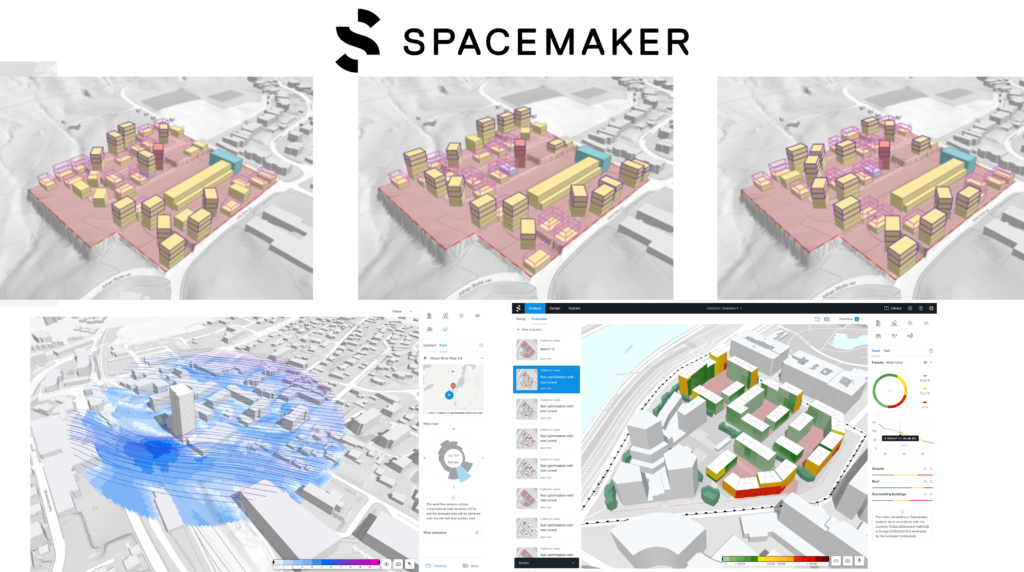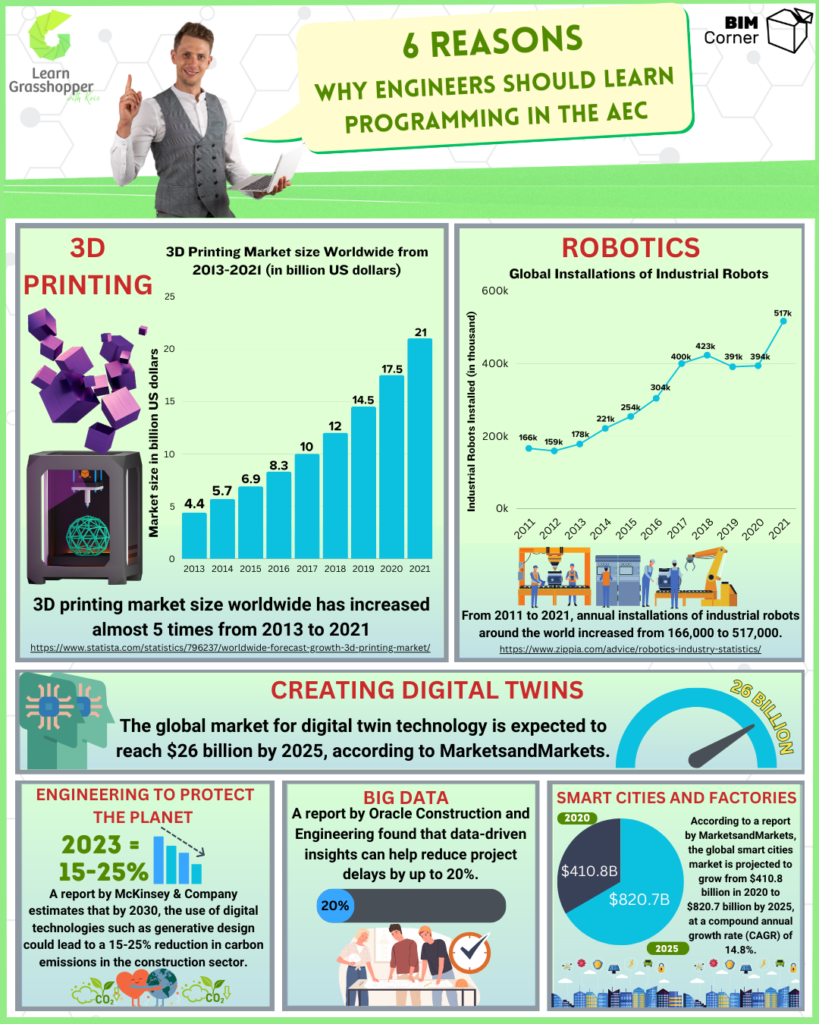In one of the previous articles (Why AEC industry sucks?), I have presented a little bit about the construction industry and productivity problems and compared these problems to other sectors. One of the conclusions from this text is that engineers have to change their way of working in order to be faster, automate repetitive tasks and follow extremely rapid changes in the entire sector. In order to become an engineer of the future, it is crucial not to stop learning and developing new skills. It may turn out that the roles of the 3D modeler, Project Coordinator or Architect will not be singular roles but will instead be additional programming skillset needed. Such as using 3D Printers, Computational Design or managing Big Data. Check out 6 reasons why Engineers should learn programming in the AEC.
Table of Contents
Is programming in the AEC for everyone?
This question has been debated for years, but the reality is that the number of people learning to code is increasing year by year. In fact, there are currently an estimated 26.2 million software developers worldwide, and this number doesn’t even account for the many other careers that require programming skills. As technology continues to play an increasingly crucial role in our economy, learning how to program is becoming more important than ever before. Whether you’re an engineer or not, programming skills can benefit your career in numerous ways.
From automating tasks to solving complex problems, the ability to code is a valuable asset that everyone should consider acquiring. In this blog post, we’ll explore why all engineers should learn programming and how it can help them become more efficient, productive, and successful in their careers.
There are many reasons for that. In the points below, I will highlight some of the areas that, in my opinion, engineers of the future will play a significant role.
1. 3D Printing
Civil Engineering, Mechanical, Industrial, and Aeronautical engineering seem to have one thing in common: an exploration of, and pushing 3D printing to its limits. I have observed extreme development in this area lately. Some companies have to change the business model from selling produced elements to selling copyrights of code or 3D models for 3D printers. Standard ways of making templates for 3D printers can be really time-consuming and inefficient. That’s why all industries changed to a parametric approach and design elements with the use of algorithms to optimize elements.
Unimaginable structures can now be created, sometimes from completely new materials. Design-engineering tools for 3D printing are more powerful than ever, allowing for part consolidation and product simplification alongside greater internal complexity. In healthcare, personalized customization of implants and medical devices is dramatically improving patients’ lives. Technology is empowering individual engineers to think far outside the box of what was possible in product design.
2. Robotics
The global market for robotics is expanding continuously. According to the World Robotics 2020 Industrial Robots report published by the International Federation of Robotics (IFR), “by the end of last year, some 2.7 million robots were operating in factories around the world, 12% more than in 2019 when 373,000 new robots were sold and installed during that year.” [1] [2]
Of course, increasing the number of machines in the industry will not reduce human resources by the same number. In contrast, there will be a huge demand for people with coding skills to operate and work with machines. The aim is to automate repetitive and heavy work, leaving human operators free to carry out lighter and more specialist tasks. This will for sure help to solve the skills shortage that all industries are experiencing right now.
Lats take the construction sector as an example:
Using advanced modeling robots will increase production speed by moving to off-site production and make sites more efficient. Robots will assist with construction through 3D printing of concrete buildings and complex welded structures providing safer work environments. Technology from San Francisco startup Built Robotics designs machinery such as site rollers and diggers to operate autonomously. A growing array of robotic equipment can take over specialized construction tasks including welding, drilling and brick-laying.
3. Creating Digital Twins
Nowadays, every asset is built twice, first virtually than physically in order to minimize project risk and prevent wasteful activities. Digital twins are an exact replica of something which is going to be constructed or produced. Designers can test systems virtually before applying changes in the physical world. Before the new car leaves the factory, several prototypes had to be constructed together with a 3D representation of the so-called digital twin. Afterwards, companies develop digital twins by attaching sensors to their products and equipment in order to monitor all changes. The aim is to maintain model representation over the asset’s life to improve operations further and provide ongoing value.
I will show an excellent example of the usage of a Digital Twin. Randselva Bridge is an infrastructure project that I had the pleasure to be part of. The aim was to create the world’s biggest model of a bridge designed and built without the use of drawings. This would be impossible to achieve without the help of the newest technologies. The Parametric Design Team had a responsibility to deliver a model with all necessary information included in it. In the end, we created a digital twin that is an accurate model of the bridge.
4. Engineering programming to protect the planet
The next topic is going to be hot and will grow extremely quickly in the next few years. In my opinion, applying emerging technologies in this area can have the biggest impact. I am talking about sustainable and environmental engineering.
We will likely see “green” technologies and solutions implemented in almost all areas of engineering. First of all, to reduce gas emissions. Green technologies refine the design to use less energy, labour and materials, and make sure the end result blends into the environment. In addition to that, Structural Engineers, together with Architects, need to explore and consider alternative building materials that have the lowest possible negative impact on the environment.
“Build resilient infrastructure, promote inclusive and sustainable industrialization and foster innovation”
17 sustainable development goals from the United Nations distinguish two goals. Development Goal 11: Sustainable Cities and Communities and Goal number 9 Sustainable Development.
When we look closely at Target 9.5, which includes – enhancing research and upgrading industrial technologies.
There are highlighted three major goals:
1. Increase the number of research and development workers significantly per 1 million people
2. Upgrade technology in all industrial sectors
3. Encourage to innovation
And digital innovation has clearly demonstrated great potential for the future of engineers. Generative design is one of the emerging technologies that can bring optimization to the next level.
What is optimization, you may ask? If we check out the dictionary, we will see a clear and simple answer
Generative design
Optimizing is doing as well as possible, bringing a process or system to an optimum under the given conditions.
However, designers are not capable of performing thousands of iterations of a solution. This work has to be delegated to computer software that was designed for this kind of task. A user (designer) sets up requirements for the model, such as manufacturing processes, loads, and constraints, and then the software offers designs that meet those requirements.
Computers will explore a very large number of possible permutations of a solution. This enables designers to generate and test brand new optimized solutions for structural stability, aesthetics and impact on the climate. In the end, the designer will have the final word on what design will be chosen.
This approach enables greater resource efficiency, more timely production, less waste, fewer carbon emissions, and improved quality.
Spacemaker example:
Spacemaker is a Norwegian Startup that created cloud-based AI software, empowering teams to collaborate, analyze, and design real estate sites. Spacemaker is the perfect assistant for urban planning. Let’s assume that you have to design a huge housing estate. Thanks to Spacemaker, which is based on generative design, you can assess up to 100 criteria in real-time such as construction plot limitations, solar conditions, and shadows from trees and neighborhood buildings every day of the year. The software even accounts for wind flows, noise volume from the street, view from the windows for every single alternative and much more. All parameters can be gathered in one place and the computer is ready to efficiently perform feasibility studies, create a digital model of the site, and rapidly simulate and analyze different building scenarios to study the opportunities and risks associated with each.
Spacemaker is a great example of how generative design will play a vital role in the industry’s transformation. I was not so surprised when Autodesk bought this company for 250 million dollars. Technology will dramatically improve decision-making, support, and collaboration in real estate development, to help build sustainable and better cities to live in. What I love about this technology is that it is available for ordinary engineers. Even designers with little programming experience can implement their ideas relatively easily and make generic models.
5. Big Data
All industries have changed their attitude toward data from being data-poor to data-rich. Engineers will have a significant impact on our cities and on how to improve the lives of their citizens. So the first step to smart cities is to collect data–tons of data. Data generated from images captured from mobile devices, drone videos, security sensors, BIM models and others have become a pool of information. This presents an opportunity to use all this data for machine learning in the future. We have to feed computers with all the information that can be relevant for assessing the design solutions. Afterwards, machines can study all the information and at the end, suggest a solution. Machine learning will be like a smart personal assistant. First, it will analyze this mountain of data and then come up with a recommendation. This has huge potential for use in all engineering sectors.
All that is thanks to big data, which is defined as large amounts of data banks collected from various projects that can be processed by computers to use as learning experiences. Working in this way together with computers, we can kind of predict the future and warn users of potential issues. Let’s say we collected project data for the last 10 years –costs, timelines, milestones, budget etc. The machine can compare your project status to thousands of projects completed before in the data bank.
This means that AI can help make many of the crucial decisions traditionally delegated to engineers. This will result in huge improvements in the speed of project delivery and reductions in the overall costs.
6. Smart Cities and factories
The Industrial Internet of Things (IIot) makes it possible to integrate sensors into many manufacturing processes, as well as some key aspects of the supply chain, better-informing design from the earliest stages. Manufacturers are transitioning analogue processes to digital, opening up huge potential for improving the way they do business.
With integrated sensors and the Smart Factory of the future, manufacturing companies and their engineering design teams will have better visibility and control of the entire process of designing and making parts and products. They will have data-informed decision-making power and be able to integrate more of the analogue operational aspects — which used to happen on spreadsheets and on paper — into a digital model.
What next about programming in the AEC?
As a civilization, we really went a long way from the first pyramids, to steam machines, landing on the moon and so on. However, I would say that engineering is still in its infancy. Big changes are ahead of us. The world around us becomes immersed in technology, which is ultimately driven by programming and governed by its laws. These changes will require new skills and new methods of working. I believe that high-level knowledge of means for programming ‒ past, present, and most importantly, future ‒ is of crucial interest to many. Programming is and will be that skill that will be required for businesses to stay up-to-date with emerging technologies.
I don’t mean that all structural engineers have to learn hardcore programming languages and start writing their own programs. What I mean is that engineers should start taking small steps toward the automation of all manual tasks and understand how computers think and how to communicate with them.
If you want to get more information about Grasshopper and learn parametric modelling, download the free guide – FREE DOWNLOAD
Grasshopper is a plugin to Rhino that you can download HERE.




